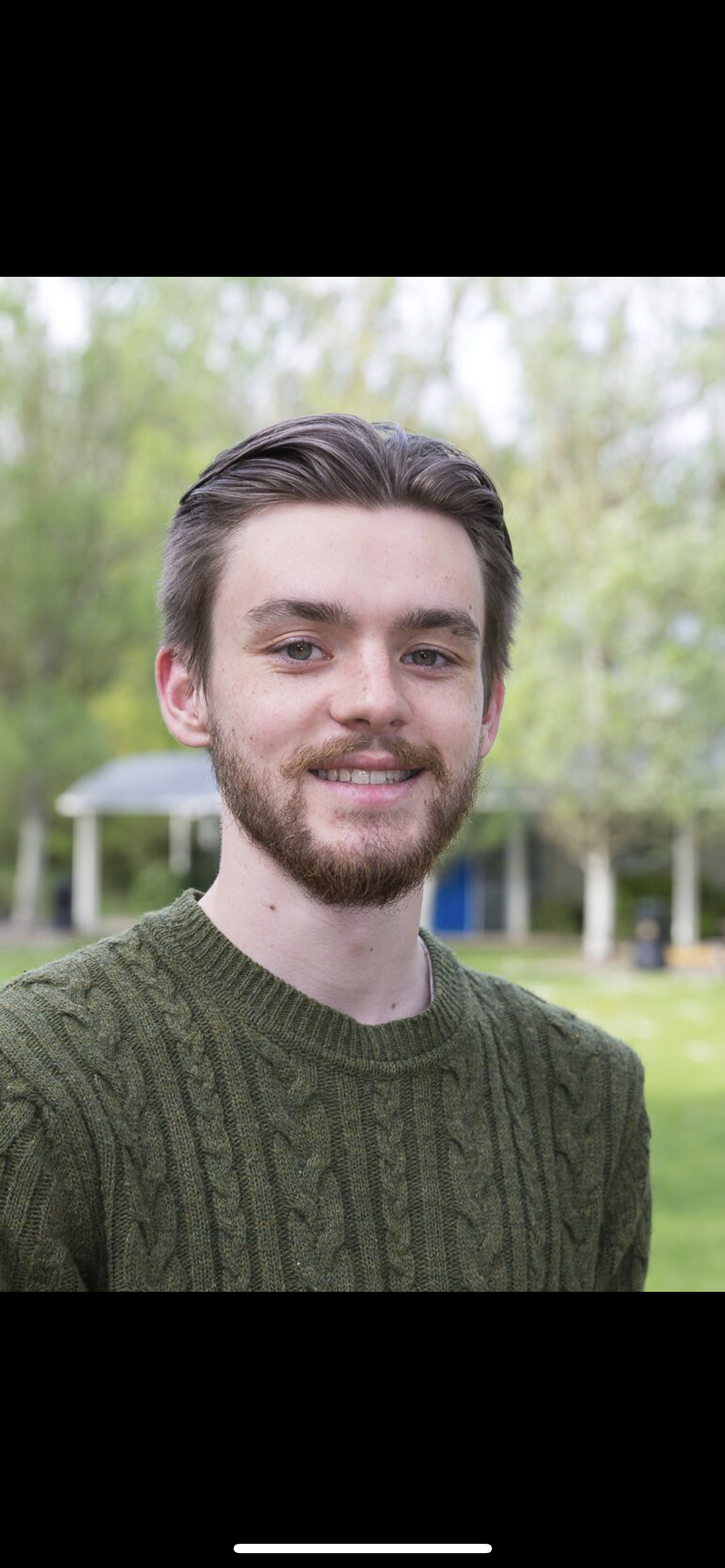RPS Young Classical Writers Prize 2022 submission
- fhodkin

- Jun 23, 2022
- 2 min read
(Brief: Write 500 words about classical music. Feedback: 'Well structured, strong narrative journey')
Turangalîla-Symphonie: Formative Years, Cities of Light
“Just saw Messiaen’s Turangulîla [sic] symphonie... One of the most amazing experiences, musical or otherwise, of my life.”
I tweeted these words, misspelled and seemingly hyperbolic as they are, in May 2015, having just returned from seeing the Philharmonia Orchestra at London’s Royal Festival Hall. By this stage- completing A-levels and awaiting news on university applications - I was sure that music, specifically composition, was what I wanted to pursue and our accompanying teacher that memorable day eventually cast his eye over the academic culmination of this ambition- my MA thesis- just last year. At the time of writing, working at a vineyard alongside a proto-portfolio career of unpaid positions, speculative applications and favours, that assuredness may appear to have been folly, but my passion is no less now than then, having been consolidated by people, events and places since.
The performance in question that evening was the conclusion to the Philharmonia’s 2014- 15 series of twentieth-century French music, City of Light: Paris 1900-1950. The Series Advisor who also gave the pre-concert talk that evening, Dr Caroline Rae, was later a tutor of mine at Cardiff University. This concert was vital to the strengthening of my love of music and composition that ultimately led me to the Welsh capital. I had seen orchestras before, but not instrumentation on this scale: 32.14.12.10 (the number of violins, violas, ‘cellos and basses respectively), three solo keyboards, and vast wind, percussion and brass sections, each offering something impactful. String players sawed through their instruments (not in the literal Matthew Herbert sense, but with metaphorically comparable vigour) on the climactic F# major chord, producing both a dynamic hitherto assumed impossible and a dopamine high that I rode concurrently with the train home, where I could finally attempt to articulate my thoughts in ≤140 characters. While the keyboards included one of Messiaen’s most remarkable piano parts, it was the ondes Martenot that shattered my naïveté regarding electronic instruments; an unknown unknown hinting at knowledge yet to accrue, sounds yet to discover. The wind and percussion presented textural orchestration that I could only dream of, writing as I had at that point for small chamber ensembles at most. And finally, the biblically tempestuous brass chords first heard at the end of movement four, ‘Chant d’amour 2’, which to this day illicit a thrill akin to witnessing power up close, like being near a threatening sea swell or approaching lava flow. My undergraduate piano teacher later revealed he had performed Turangalîla (kindly humouring my request to play me that brass motif) and had had lessons from Olivier Messiaen’s widow, Yvonne Loriod.
The titular formative years then are not just mine, the cities not just Paris, the light not only the electronic kind that illuminates it. Here, they are the educations, careers and lives of everyone mentioned above, converging across time and space to result in Turangalîla-Symphonie being, for me personally, one of the most important works of the European canon.

Pre-concert stage from my seat, Royal Festival Hall, 28/5/15






Comments